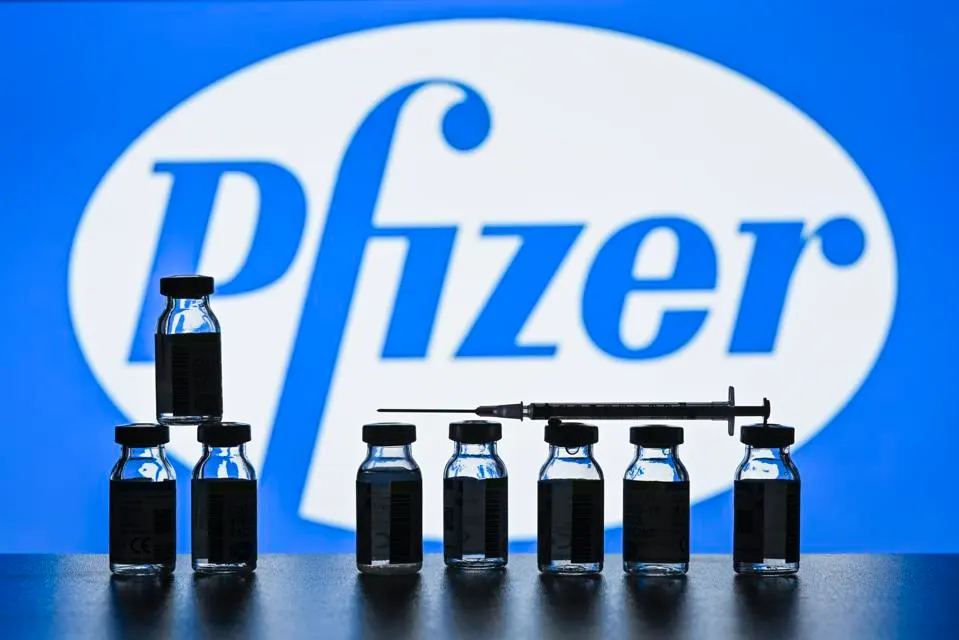The fight against sexually transmitted infections (STIs) faces a worrying obstacle: a shortage of the primary drug used to treat syphilis, Benzathine Penicillin G. This critical medication, vital for both treatment and prevention, has become increasingly difficult to obtain for healthcare providers across the United States. This article explores the factors contributing to the shortage, potential solutions, and the impact on public health.
One Supplier, Many Risks:
The current situation highlights the vulnerability of relying on a single source for an essential public health drug. Pfizer, the sole manufacturer of Benzathine Penicillin G in the US, acquired its competitors two decades ago. This lack of competition creates a precarious situation. Any production delays, raw material issues, or unforeseen demand spikes can severely disrupt supply and put public health at risk.

A Public Health Dilemma:
The shortage forces healthcare professionals to make difficult choices. Dr. Talia Herman, a public health expert, raises the question of whether allocating the scarce drug solely for treating active infections represents the best use of resources. Prophylactic use, such as the practice in the military of administering antibiotics to prevent outbreaks, could be a valuable strategy. However, implementing such measures requires a reliable supply of the medication.
Stockpiling for Security:
While the federal government maintains stockpiles of vital supplies for emergencies like chemical attacks, Benzathine Penicillin G is not currently included. This raises concerns, particularly in light of the potential for future public health crises.
Transparency and Increased Production:
Public health officials urge the government to exert its power as the largest buyer of this drug to pressure Pfizer for greater transparency regarding production capacity, current stock levels, and future availability. Pfizer attributes the shortage to two primary factors: a surge in demand for the pediatric version and a 70% increase in adult use. However, public health experts argue that rising syphilis cases, a documented trend for years, should have prompted better forecasting by the pharmaceutical giant.
Limited Regulatory Power:
The FDA has a department dedicated to addressing drug shortages. However, the agency lacks the authority to compel manufacturers to produce more of a specific medication. Their role lies in supporting manufacturers as they develop plans to address increased demand.

Pfizer’s Response:
Pfizer claims continuous communication with the CDC and FDA regarding supply updates. They emphasize transparency with public health organizations and policymakers. The company acknowledges production delays in 2023 but offers no explanation. However, they detail investments in the manufacturing facility, increased production capacity, and additional staff to address the shortage. They also claim to have reduced manufacturing time by half. Pfizer anticipates a full supply recovery by June 2024 with approximately two months of readily available medication based on their projected demand.
Looking Forward:
The current syphilis drug shortage illuminates a larger issue within the pharmaceutical industry. Diversifying drug production through government intervention or encouraging competition could prevent similar situations in the future. Additionally, improved forecasting and communication between manufacturers, public health officials, and the government are crucial to ensure a reliable supply of essential medications and safeguard public health.


